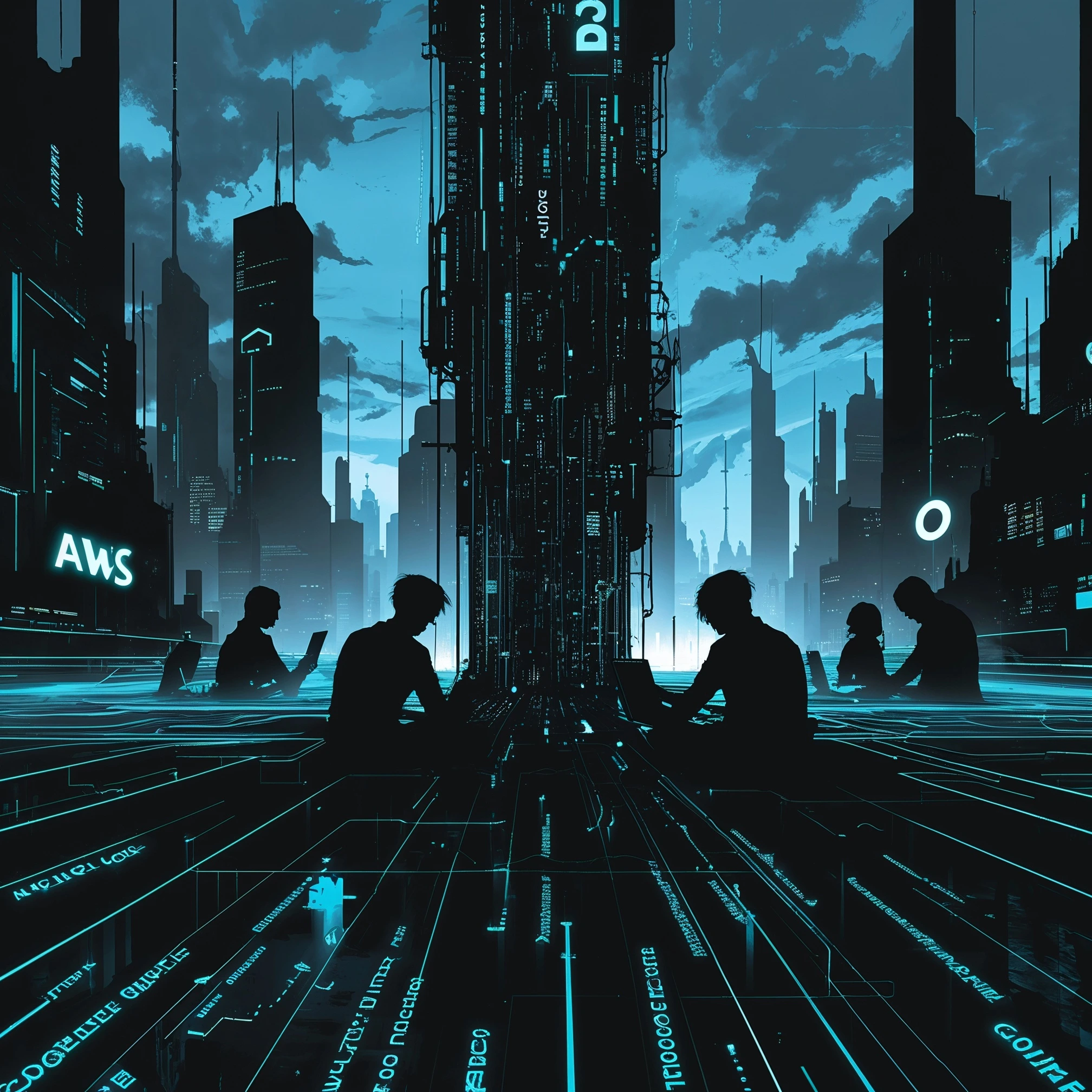Bubble
Definition: A bubble is a closed sphere of gas in a liquid, formed as a result of various processes, such as boiling or the production of foam. In the context of web applications, the term 'bubble’ can refer to visual constructs introduced in no-code tools, which facilitate user interface design.
Origin and History
The term 'bubble’ comes from the English language. Its usage dates back to ancient times when it began to refer to spherical forms of gases in liquids. In the context of technology, this term started gaining meaning with the development of web applications and no-code tools that allow for the creation of complex interfaces without coding.
Usage and Examples
Bubbles are commonly found in various contexts, both in natural sciences and in technology. In the case of web applications, bubbles can represent data or interactions between users. Thanks to no-code tools, creating such elements has become easier than ever.
- Example 1: 'Information bubbles appeared on the website, informing the user about the progress of their order.’
- Example 2: 'An application using a no-code approach allowed for the quick introduction of dialog bubbles without the need for programming.’
Related Terms
In the context of bubbles, other terms worth mentioning include:
- Cybersecurity – the protection of user interfaces, including bubble elements.
- Agile Methodology – an approach to creating interactive applications, including the use of interactive bubbles.
To understand the concept of a bubble and its use in web applications, it is crucial to grasp the technological frameworks and no-code tools that enable easy design and creation of interfaces.
Summary: The term bubble has its roots in natural sciences and web technologies. Its role in no-code applications supports the development of market solutions that allow for the creation of interactive and user-friendly interfaces. Understanding the bubble and its applications is essential for anyone looking to effectively use modern application development tools.
Get in Touch with CodeFormers
We are always ready for cooperation and new challenges. Contact us to learn more about our services, projects, and opportunities.

